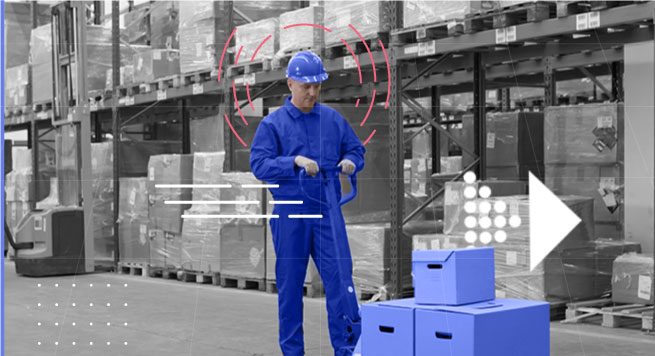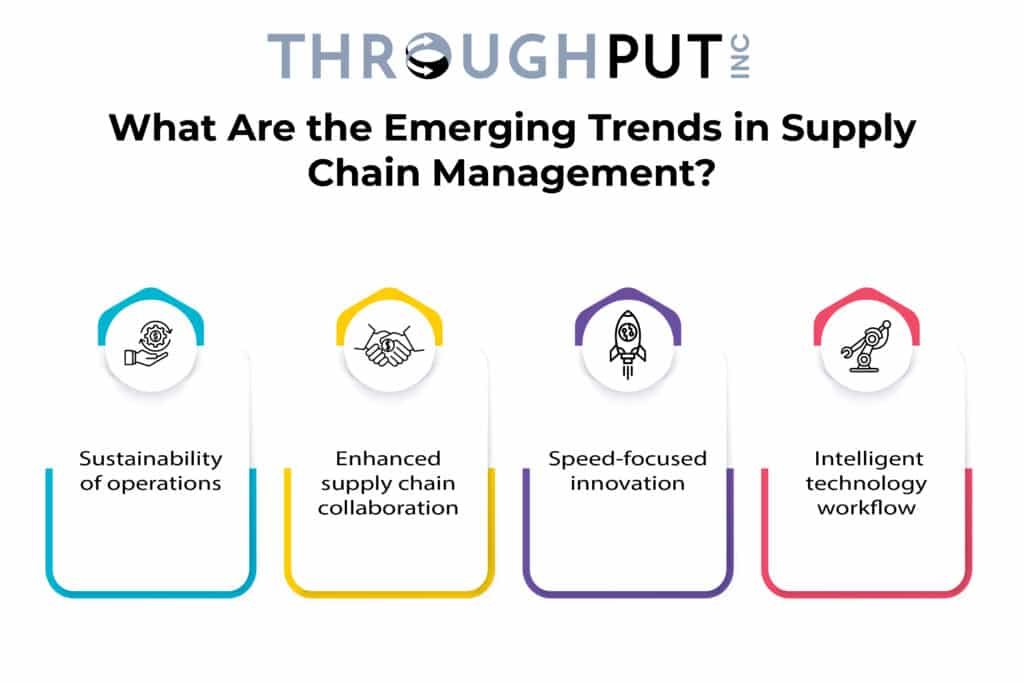The Blueprint for AI in 2021 Supply Chains- Surviving Disruptions in the Post-COVID World

Let’s cut the flab and get real. The Supply Chain of 2021 will primarily face one top challenge, and it’s the same challenge most supply chain managers have been struggling to cope with since 2020 – keeping the day-to-day operations on track by balancing supply and demand despite the Coronavirus and its string of disruptions.
Yet, many aspects will also remain constant in 2021.
- Consumers will continue to want low prices mostly during the recession, and manufacturers won’t be able to accelerate prices despite high manufacturing costs.
- Stiff competition will continue as consumers will have more bargaining power now.
- Manufacturers will face the pressures of operating in limited budgets with high efficiency along with capital constraints.
The post-pandemic era brings with itself a host of uncertainties and supply chain risks, however, it also reinforces the benefits of using Artificial Intelligence (AI in supply chains) and unravels its multifold applications especially during difficult times.
According to McKinsey & Company, the adoption of AI in supply chains can potentially deliver an additional global economic activity of around $13tr by 2030, which is a 16% higher cumulative GDP compared with today. This results in a 1.2 % additional GDP growth per year.
AI can reinvent existing supply chain business models with the ability to analyze the patterns of day-to-day operations, to predict the possible outcomes of future scenarios.
Automating decision-making with real-time data along with a holistic view of the supply chain, mark the greatest advantages of a connected AI-driven supply chain in 2021.
However, at several levels, manufacturers still face supply chain barriers and roadblocks which may prevent easy adoption of AI-driven platforms.
- Legacy systems playing spoilsport
While many manufacturers are allured by the rapid evolution and growing viability of AI, this also comes with its own pre-requisites.
AI requires modern skills which can involve new languages, frameworks, and ways of thinking, and legacy systems don’t support this. An over-dependence on traditional platforms can restrict the easy and early adoption of AI across functions and fewer companies are equipped to handle this transition to fully exploit its benefits. - Data volume, accessibility, diversity
Any advanced computational technology needs good data and AI is no exception. With a high dependency on huge volumes of accurate data to train algorithms and develop predictive models, most companies find data to be the biggest roadblock.
Non-availability of real-time data along, humongous data volumes and diversity, and unreliable sources of data are some of the barriers here. The absence of a “single window of the truth” across multiple layers of the supply chain in 2021, further convolutes the data quality and accuracy. - Data integration gaps and inconsistencies
Today, although most leadership teams are acknowledging the potential applications of AI across the supply chain, there persists a significant data integration challenge across industry verticals.
With large data volumes spanning across back-end systems, embedded IOT devices such as machine sensors and RFID, and publicly available structured and unstructured data, a strong two-way data integration capability is needed.
Without adequate data integration, critical gaps in supply chain performance could lead to poor decision-making and challenge future supply chain technology management. - Quick migration fixes
Complex supply chains are closely knit, interconnected with several stakeholders including partners and systems, and this can create an urgency to deliver outputs, sometimes without considering long-term consequences.
Any quick migration fixes which are done to meet short-term needs without a focus on the future impact can lead to manufacturers incurring unnecessary costs.
Adoption of an AI-driven solution in this situation, without strategic long-term considerations, can further complicate matters resulting in expensive re-adjustments to correct these quick migrations.

Emerging Supply Chain Trends
Studies by Gartner show that 37% of organizations that have implemented AI in some form have benefited with significant improvements noticeable in inventory management, workforce productivity, supplier empanelment, and overall customer experience.

Here are few trends to watch out for :
- Sustainability of operations
The pandemic has specifically got the spotlight on the sustainability of operations. With sudden supply chain disruptions across various levels, most organizations have to realign and strategize their global supply chain functions and accelerate specific capabilities for long-term sustainability.
Studies by Capgemini Research Institute show that 77% of organizations acknowledge that planned change is necessary and are investing in accelerating their AI-driven sustainability initiatives for the next few years across key areas such as capacity utilization, logistics, and manufacturing.
- Enhanced supply chain collaboration
The pandemic has taught us that nothing can effectively work in silos. Disparate supply chain 2021 operations can only further weaken the value chain and disintegrated layers fail to give the desired results.
Holistic supply chain collaboration which is based on intelligent and complete end-to-end visibility can help overcome unexpected bottlenecks and constraints which reduce supply chain efficiencies.
AI and Machine Learning based platforms help organizations stitch their upstream and downstream operations for a seamless funnel of operations, without wasting time in bottleneck and constraint management. - Speed-focused innovation
Even the most digitally advanced supply chains cannot fully predict what will happen and are still learning how to optimize based on supply chain plans.
Further, the demand vs supply balance is constantly shifting as companies strive to meet evolving customer demands while delivering quality goods/ services at lower costs. Constant innovation at speed and scale is the only answer to change with the times.
Using AI-driven innovation, companies are trying to make the most of IoT technology to accelerate this evolution and stay relevant. - Intelligent technology workflow
IoT and AI-powered intelligent workflows boost supply chain process efficiencies to make the network more responsive, agile, and transparent based on customer needs.
By adopting technology-enabled business process transformation methodologies, including advanced analytics and AI, new-age supply chains will help process real-time data more effectively to manage sudden disruptions and deliver as per the set business objectives.

Evolve, Respond and Revive – The Path to Complete AI adoption in Supply Chains
Our whitepaper, 2021- The State of AI & Supply Chain takes you through the key nuances of the AI-driven supply chain evolution and its adoption across C-Suite teams in organizations.
ThroughPut AI is a smart AI-driven solution that helps unlock operations agility and efficiency, to meet unpredictable customer demands, while creating an uninterrupted flow of materials through supply chain networks.
If you wish to accelerate AI-enabled efficiencies for your supply chain, you should try a quick demo today.

